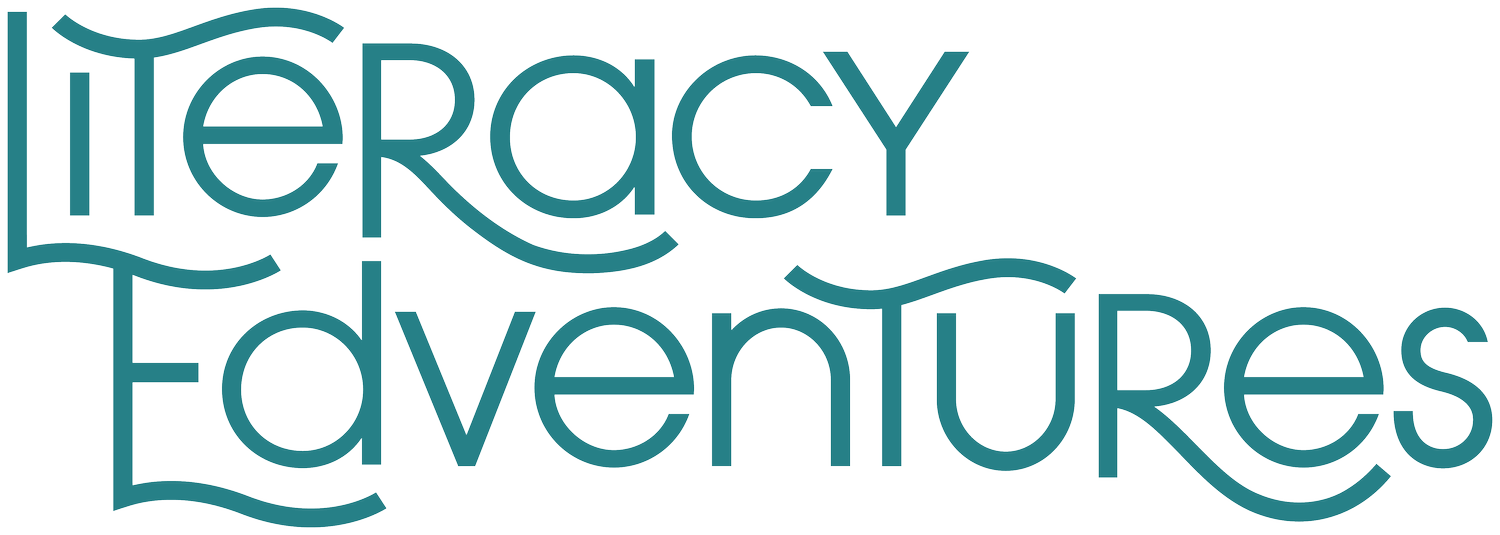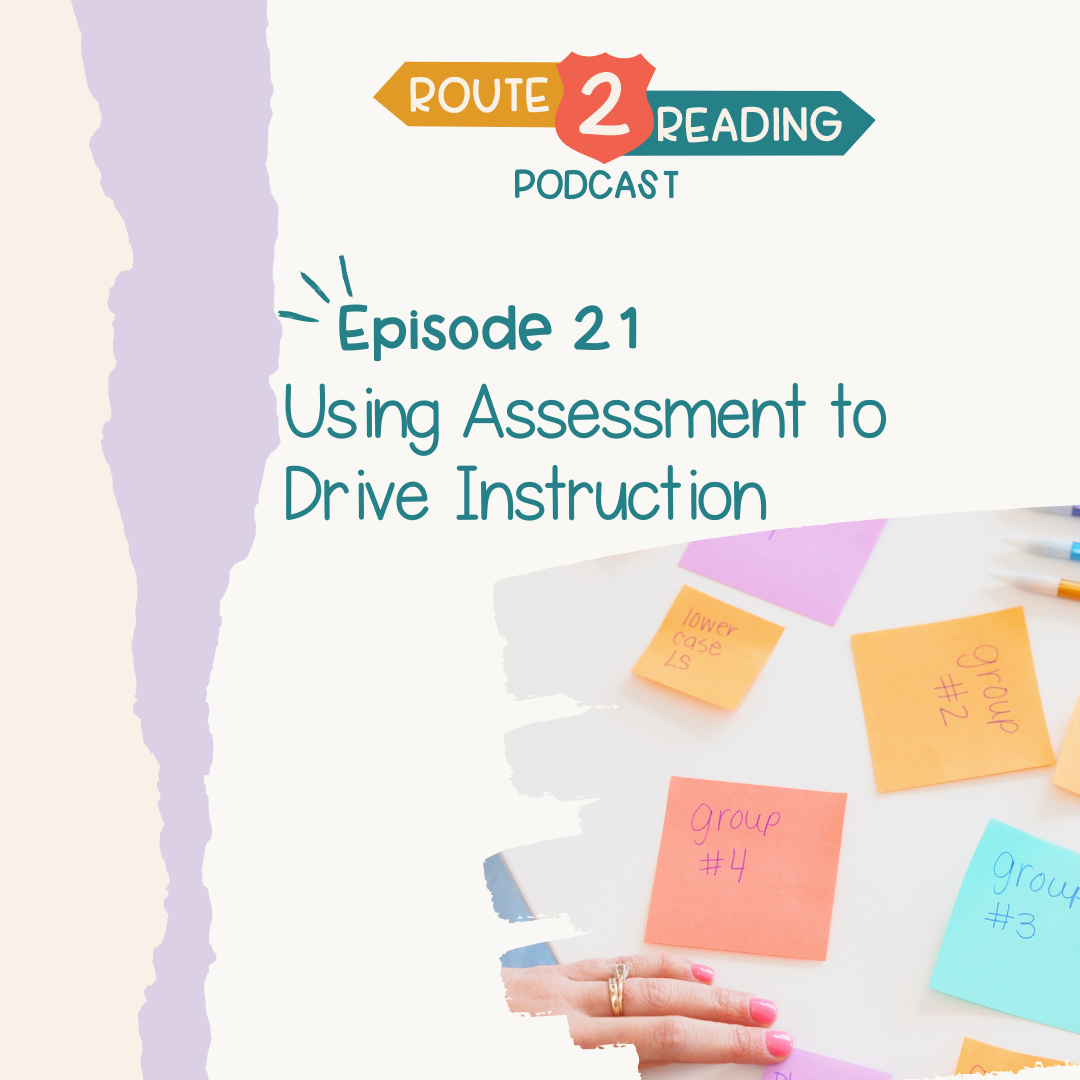Route2Reading Podcast
A podcast for teachers who are ready to learn what structured literacy is and the Science of Reading behind it. Join Amie to pinpoint where your readers are struggling and get the tools to help them.
Tips and Tricks for Mastering Blends
I don’t know about you, but teaching blends can be tricky. Blends (also known as consonant blends) are two or three consonant sounds that appear together in a word without any vowel sounds in between. These are words like flip, stop, strip, help, desk and spring.
Cracking the Code to Decoding
In today’s podcast, I had the pleasure of interviewing Dr. Julia Lindsey, author of Reading Above the Fray. Julia is a literacy expert and reading researcher. In this episode, she helps us bust some common myths about decodables.
Building Background Knowledge
Michelle Sullivan, a literacy coach in New Jersey talks with listeners all about background knowledge. She shares what it is, why it’s important, and five ways we can easily implement it in our classrooms.
From Letter Sounds to CVC
So how do we help students make the transition from letter-sound knowledge to CVC reading? The first thing we must do is ensure we are practicing phonemic awareness.
Success with Letter Sounds
Automaticity of letter names and sounds is important because letter-sound correspondences are the foundation to phonics and decoding. So the quicker they are, the faster they can decode. When we help students connect the letter and sound and help them both master and be automatic, we’re giving them a strong reading foundation.
Episode 16: Orthographic Mapping: Preparing the Brain to Read
All About Orthographic Mapping:
Orthographic Mapping is NOT an activity - it’s something that happens in our brain.
Our brain is not hard-wired to read. Because of this, we must create pathways and roads that help our brains learn how to read.
Orthographic Mapping pathways look a little like this:
phonemic awareness → blending and segmenting → automatic spelling to sound correspondences → applying knowledge to decoding new words → connecting this to pronunciation and vocabulary
Choosing the Right Phonics Activities
When we sit down to plan our small group time, we must keep the end goal of phonics in mind: we want to produce strong decoders and strong writers. When students are strong in decoding, they can become fluent. And when they become fluent, they can comprehend - that is our ultimate goal! I’ve put together a checklist of six things to keep in mind when choosing the right activities for your small group time.
Episode 14: Phonics- Do’s and Don’ts
With all of the rules out there on how to teach phonics, it can all feel overwhelming. I’ve put together a reference of Do’s and Don’t’s when it comes to teach phonics so you can feel confident in your instruction.























